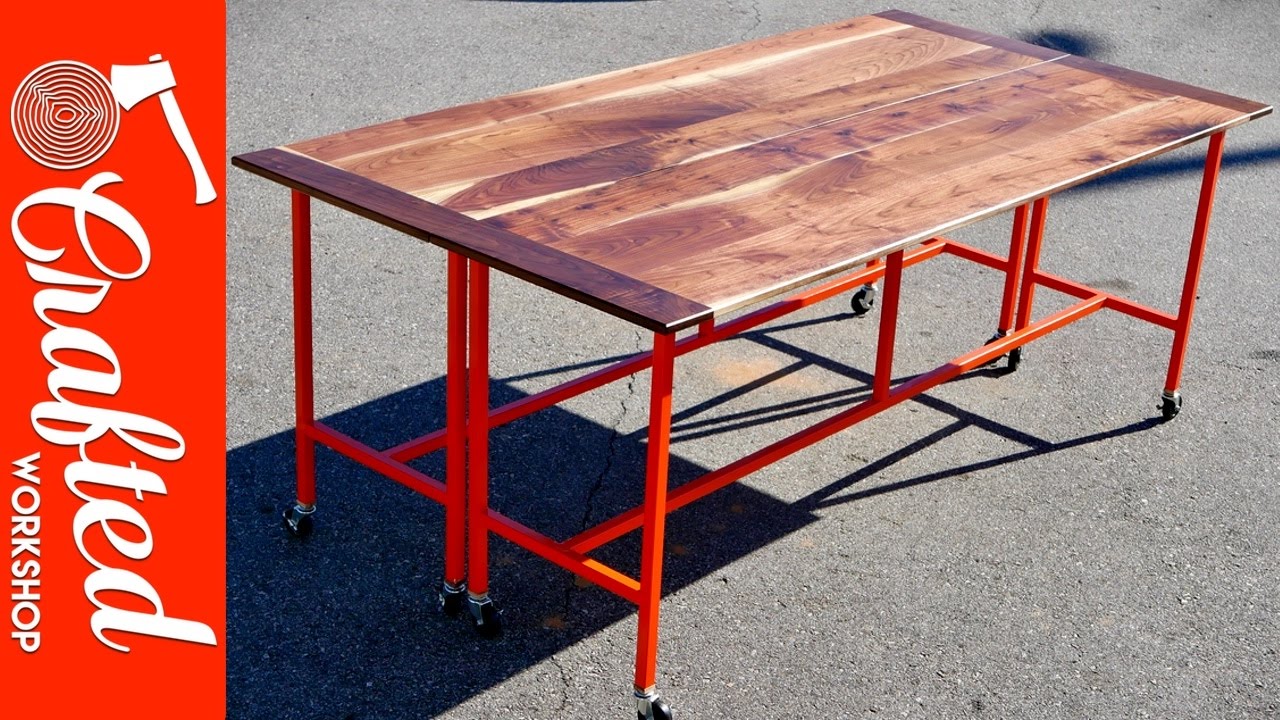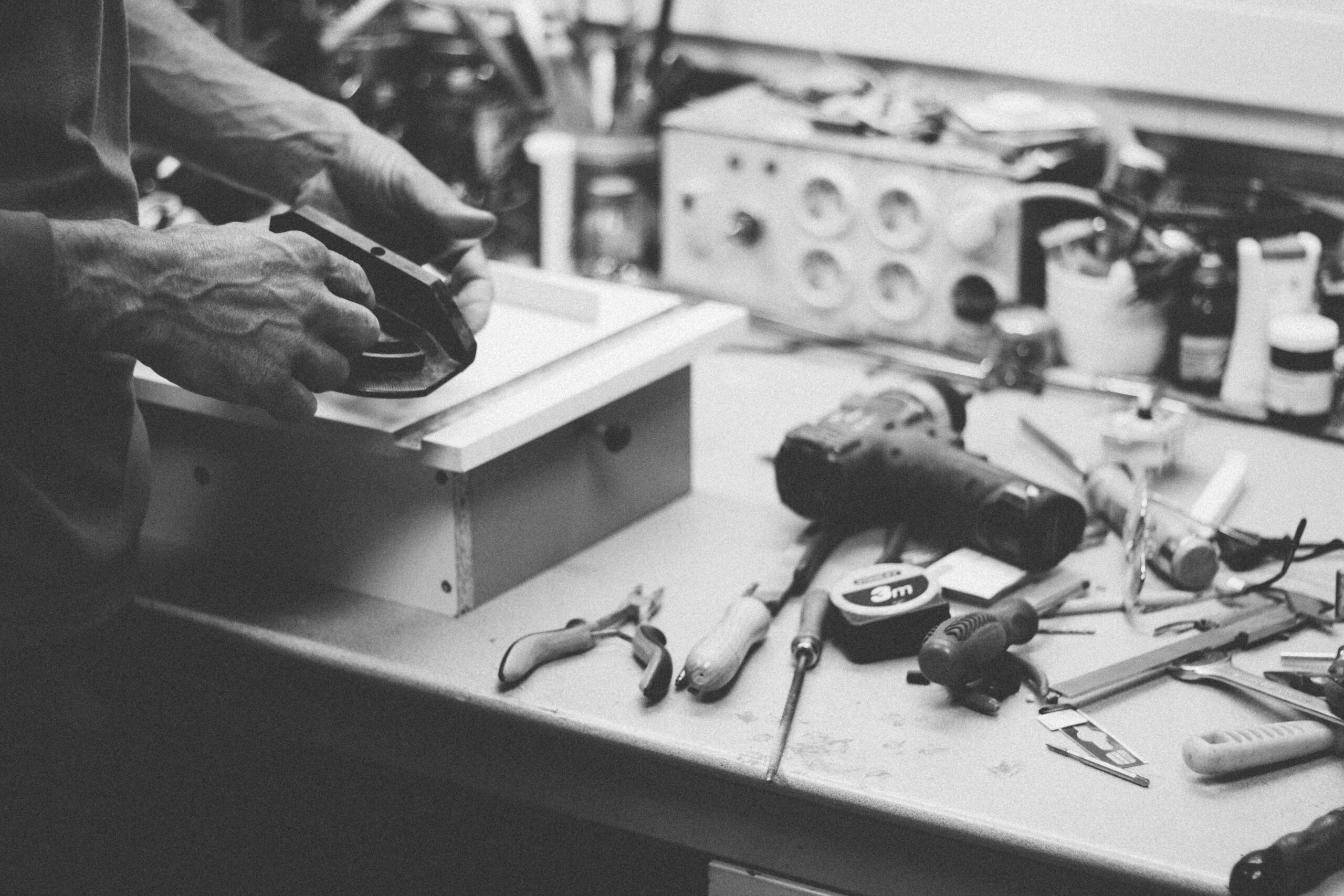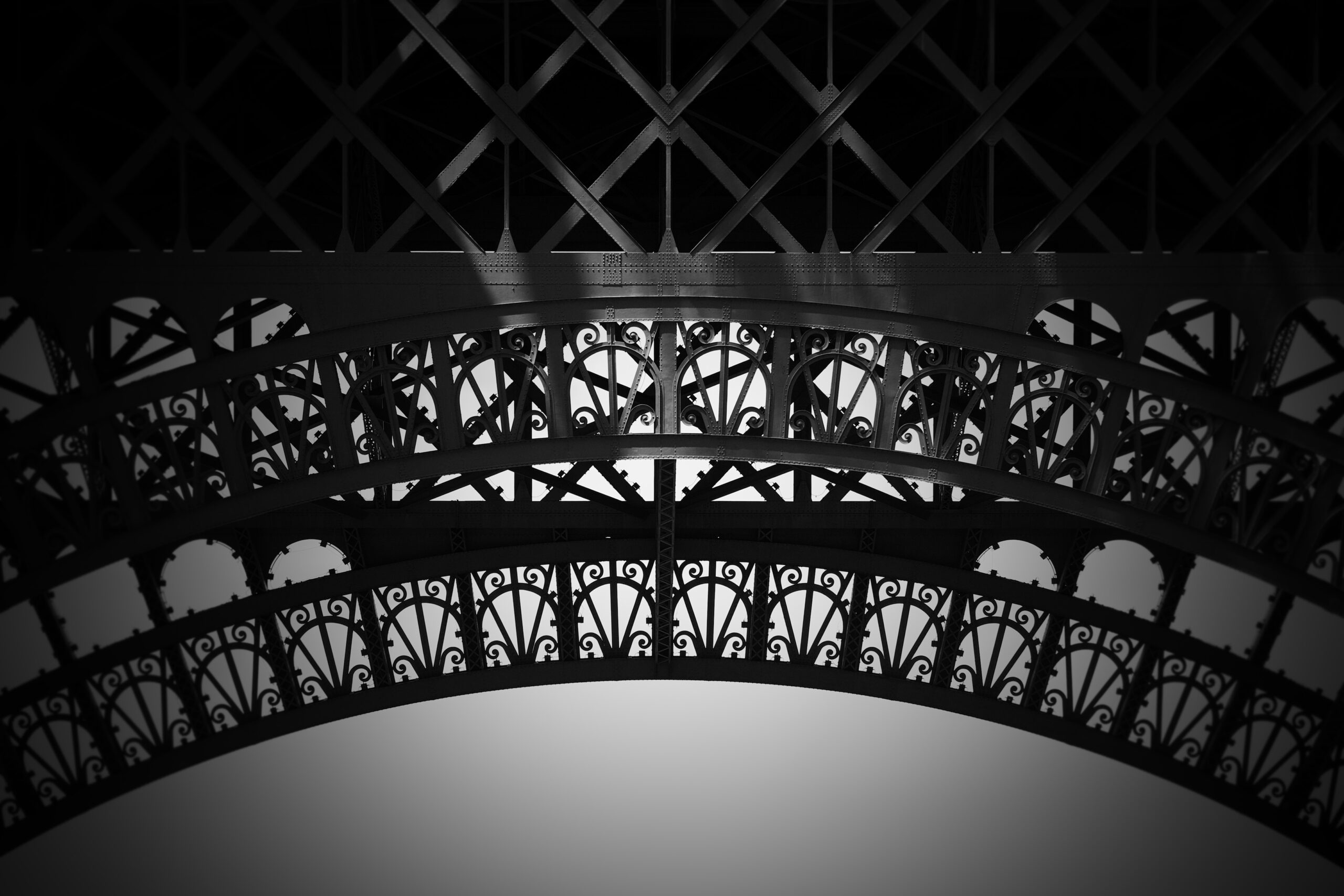Hey there! In this video tutorial by Crafted Workshop, you’ll learn how to build a conference table or dining table using walnut and steel. The video is divided into two sections: building the steel bases and building the walnut tops. The steel bases are constructed using 16 gauge square tubing and are welded together to create a stable structure, and brackets are added to attach the bases to the walnut tops. The walnut tops are made from rough cut lumber and joined together using either a Festool Domino XL or a biscuit joiner. Breadboard ends are added to allow for expansion and contraction of the tops. The tops are then sanded, filled, and finished for a polished look. The video encourages viewers to follow Crafted Workshop for more content and offers links to the tools used in the project provided by sponsor Acme Tools. So, if you’re interested in building your own walnut and steel conference table, be sure to check out this informative and detailed tutorial! Happy building!
Video Tutorial: Crafting a Walnut and Steel Conference Table
Welcome to Crafted Workshop! In this video tutorial, we will be showing you how to build a beautiful conference table using walnut and steel. Don’t worry if you don’t need a conference table, because you can easily scale this build up or down to create a dining table, desk, or any other type of table you desire. We will also provide a Sketchup file and cut list in the build article, so you can build one of these tables for yourself.
Before we begin, we want to give a shoutout to our sponsor, Acme Tools. Almost all the tools used in this project are available from Acme, and we will provide links to those tools in the video description and build article. By using these links to purchase your tools, you can support us and our future projects. Now, let’s get started!
Building the Steel Bases
Materials and Tools
To start building the steel bases, you will need 16 gauge square tubing, approximately eight ten-foot lengths of one-inch tubing. The final dimensions of the bases will be 76 inches long, 26 inches tall, and 18 inches deep. You will also need three-inch casters to install on the bases.
Constructing the Base Structure
The first step in constructing the base structure is to break down the steel tubing for the bases using a technique called gang cutting. This ensures that all the pieces are exactly the same length, giving you a stable base. After cutting the pieces, use a belt sander to remove any burrs that may affect the welding process.
Next, assemble the top apron of the bases by connecting two long rails with three shorter rails using 90-degree welds. Once the top section is assembled, weld the legs together, ensuring they are held together by a stretcher for rigidity. Attach the legs to either end of the top section using welding magnets for ease of assembly. Finally, add a long center stretcher and a center support piece for additional stability.
Welding the Steel Bases
With the base structure assembled, it is time to weld the steel bases. Start by grinding down the welds to create a smooth surface. This will make it easier to finish the bases later on. After grinding, clean the surface of the bases thoroughly with denatured alcohol to remove any surface contaminants that may affect paint adhesion.
To finish the steel bases, apply a few coats of automotive primer followed by spray enamel. These layers will protect the steel and give the bases a professional finish. The final color of the bases will be revealed later in the video.
Attaching Brackets to the Bases
The last step in building the steel bases is to attach brackets that will be used to secure the bases to the walnut tops. These brackets can be made from 11 gauge angle iron, but thinner angle iron would have been preferable for easier welding.
When drilling the mounting holes in the brackets, use a bit that is slightly larger than the screws you will be using to allow for wood expansion and contraction. Weld seven support brackets on each frame and grind down the welds with a flat disc. Your steel bases are now complete!

This image is property of i.ytimg.com.
Building the Walnut Tops
Materials and Tools
For the walnut tops, you will need rough-cut lumber, preferably air-dried walnut. Aim for six boards to make up your tops, with a thickness of five quarters (slightly over an inch) and varying widths from six to ten inches. You will also need a Festool Domino XL or biscuit joiner for joining the rough-cut lumber.
Joining the Rough Cut Lumber
Start by cleaning up the lumber using a jointer and a table saw. If necessary, rip one board in half to fit it on the jointer. Once the boards are cleaned and dimensioned to the final thickness, let them rest for a week to allow for any potential warping. Then, bring them down to their final dimensions, approximately three quarters of an inch thick.
To join the boards into a panel, lay out where to cut the mortises for the dominos or biscuits. This is also an opportunity to ensure your boards are gap-free by passing them over the jointer again if needed. Apply glue along the entire joint and use clamps to apply pressure. Allow the glue to dry for approximately thirty minutes before scraping off any excess squeeze out.
Adding Breadboard Ends
Once the panel is dry, trim the ends square using a circular saw or a track saw. It is crucial to ensure that the ends are perfectly square to achieve a flush finish. Next, decide how you will install the breadboard ends. If you have a domino or biscuit joiner, the process will be quick and efficient. However, there are alternative methods such as using mortise and tenon joints, sliding dovetails, tongue and groove joints, or dowels.
Installing breadboard ends allows the top to expand and contract with seasonal changes while keeping the ends flush. Using a domino or biscuit joiner, cut tight mortises into the top and a combination of tight and loose mortises into the breadboards to allow for movement.
Sanding, Filling, and Finishing the Tops
After the breadboard ends are installed, sand the tops to create a smooth surface. Fill any gaps or imperfections with wood filler, and then apply your chosen finish, such as General Finishes See Lacell and Armour Seal. Follow the manufacturer’s instructions for the best results. Your walnut tops are now complete!
Attaching Casters and Modular Features
Custom-Made Plastic Adapters for Casters
To attach the casters to the steel bases, custom-made plastic adapters are used. These adapters simplify the installation process and ensure a secure attachment.
Creating a Modular Design
One of the unique features of this conference table is its modular design. The table can be split down the center to create separate workstations or rearranged to fit different purposes. This flexibility allows you to adapt the table according to your specific needs.
Splitting the Table for Separate Workstations
By utilizing the modular design, the conference table can be split in half to create separate workstations. The process involves removing the brackets that secure the bases to the walnut tops and separating the two sections. This allows multiple people to work independently while still sharing the same table.

This image is property of images.unsplash.com.
Introduction to the Crafted Podcast
Overview of Crafted Podcast
In addition to our video tutorials, we also have a podcast called Crafted. The podcast focuses on various topics related to making things by hand, including woodworking, metalworking, leatherworking, and electronics.
Focus on Woodworking, Metalworking, Leather, and Electronics
Our podcast covers a wide range of topics within the realm of crafting. We discuss techniques, projects, and share personal experiences related to woodworking, metalworking, leatherworking, and electronics. Whether you are a beginner or an experienced crafter, our podcast has something for everyone.
Hosts and Their Workshop Setups
Crafted is hosted by three individuals with diverse backgrounds in crafting. Each host has their own unique workshop setup, which brings different perspectives and expertise to the podcast. We believe that this variety of viewpoints adds depth and interest to our discussions.
Engaging with Crafted Workshop
Like, Comment, and Subscribe
If you enjoyed this video tutorial, we encourage you to like, comment, and subscribe to our channel. Your feedback and engagement mean a lot to us, and they also help us continue to create high-quality content.
Subscription for New Project Videos
By subscribing to our channel, you will receive notifications for new project videos every Tuesday. Our goal is to provide you with regular content that inspires and educates you in your crafting journey.
Second Channel for Make Roundup and Tool Reviews
In addition to our main channel, we also have a second channel where we post weekly make roundup videos and tool reviews. This channel allows us to explore a wider range of topics and provide you with a more comprehensive crafting experience.
Support Crafted Workshop through Patreon
If you enjoy our content and would like to support us further, we have a Patreon page where you can pledge your support. By becoming a patron, you can access exclusive perks such as early access to videos, behind-the-scenes content, and personalized recommendations. We appreciate any support you can give us!

This image is property of images.unsplash.com.
Conclusion
Thank you for watching our video tutorial on how to build a walnut and steel conference table. We hope you found it informative and helpful in your crafting endeavors. If you have any questions or feedback, please leave a comment below. Happy building!









